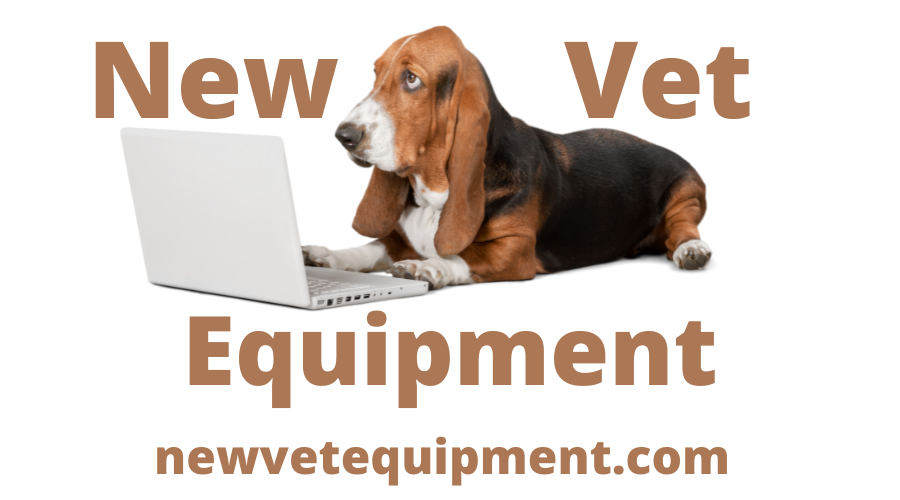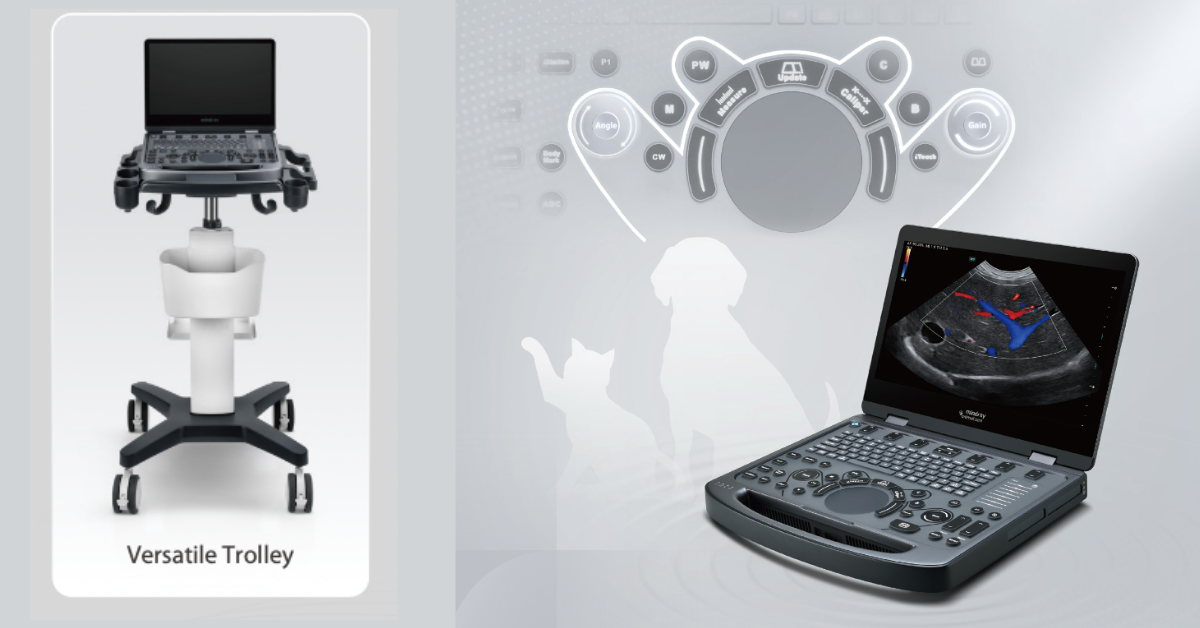Affordable Vet Imaging with the Vetus E5 Ultrasound
If you’re looking to expand your diagnostic services while keeping budgets in check, then you’re in the right place. It’s the perfect time to take a closer look at the Vetus E5 ultrasound. This system bridges the gap between basic ultrasound units and premium machines, offering veterinary-specific features in a value-focused package.
Why Invest in an Ultrasound Now?
In today’s fast-paced veterinary environment, clients expect more, and it’s become a standard for practices to deliver high-quality diagnostics faster. Here are a few motives driving investment:
Broader diagnostic scope: With ultrasound, you can offer services such as soft-tissue evaluation, cardiac screening, reproductive imaging, abdominal scans, and more.
Improved case flow and retention: In-house scanning means fewer referrals, faster turnaround, and better client satisfaction.
Revenue diversification: Ultrasound opens up billable procedures and follow-ups. Even a modest increase in scan volume can pay off.
Upgrading your diagnostic tools is a strategic investment in your practice’s financial growth.
Meet the Vetus E5 — What It Offers
First, the question that’s always top of mind - price.
The Vetus E5 is listed at $17,995, with financing available at around $325/month.
Here are some of its key features that matter most:
Touch-sensitive gain adjustment: fingertip precision helps when you’re scanning fast or in low-light exam rooms.
Advanced imaging tools: HR Flow for detailed blood-flow visualization, iClear speckle noise reduction, one-click image optimization (iTouch), natural-touch elastography, contrast imaging.
Vet-specific workflow features: Smart Calc (automatic lesion tracing/measurement), Smart HRI (quantitative liver steatosis assessment), iWorks animal-specific scanning protocols, and iReport customizable professional report templates.
Portable and adaptable: Lightweight for mobility (if you offer mobile service, or move between treatment rooms), multiple connectivity options, quick probe switching, and ample storage capacity.
All of these features make this a standout option when you’re seeking more than just “basic” without stepping into ultra-premium cost territory.
ROI: How to Make the Numbers Work
Let’s look at a hypothetical ROI scenario for a hospital adding the Vetus E5.
Investment: $17,995
Assumptions:
You perform four extra ultrasound scans per week that you couldn’t before (let’s say conservatively).
Charge $250 per scan (typical value will vary by region and case type).
That’s $1,000 in additional weekly revenue → roughly $52,000 per year.
Even if you account for consumables, training time, and service/support costs, you could recoup the investment within the first year and then benefit from what follows.
Other benefits to consider:
Fewer referrals out, meaning more revenue stays within your hospital.
Enhanced client confidence, resulting in more return visits and more word-of-mouth.
Faster diagnostics = better outcomes = higher throughput.
Marketing value, meaning you can promote “in-house advanced ultrasound” and attract clients who previously went elsewhere.
In other words, for a one-time investment of ~$18k, you can unlock significantly more diagnostic capacity and revenue potential.
How to Decide if It’s Right for Your Hospital
Here are a few questions to think about:
What’s your patient mix and demand? Do you have a volume of cases where soft-tissue imaging, cardiac screening, and abdominal ultrasound are becoming more frequent?
What are your current limitations? Are you referring out because you don’t have an in-house unit? Are you missing revenue because you can’t scan quickly or confidently?
Probe and accessory plan: What probes will you need right away (convex, linear, phased array)? What future add-ons might you want?
Service/support and total cost of ownership: What support is provided? What warranty, what response time? What consumables or service contracts will you need?
Integration into your hospital’s workflow: Can the system connect to your practice management/PACS system? Are image-sharing/reporting features compatible?
If you answer these honestly and the Vetus E5 meets the criteria, you’re making a firm decision.
Practical Tips for Implementing Your New Ultrasound
Plan a “go live” day: Set aside time for staff training and run sample scans before full use. Make sure your team feels comfortable using the new tool before you’re in full swing.
Create scanning protocols: Standardize for common cases (e.g., feline abdominal, canine cardiac, reproductive scans) to make your team more efficient, consistent, and confident.
Advertise your new capability: Use your website, newsletters, and social media to let clients know you now offer comprehensive in-house ultrasound.
Monitor usage: After implementation, track the number of scans per week, average revenue per scan, and the reduction in referrals. Use these metrics to evaluate success.
Schedule maintenance and service reviews: Keep the system at peak performance and avoid downtime that could delay cases or cause referral leakage.
Expand Your Service Capacity
Upgrading diagnostic capabilities doesn’t have to mean spending top dollar. With the Vetus E5, your hospital can invest in a robust, veterinary-specific ultrasound system and dramatically expand your service capacity. You gain advanced imaging tools and workflow efficiency—and a clear path to ROI.
The right imaging tool doesn’t just make your life easier—it elevates your practice. It allows you to say “yes” more often to cases, it keeps clients in-house, and it helps your team deliver better patient care.



